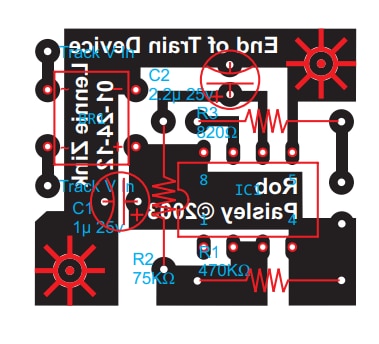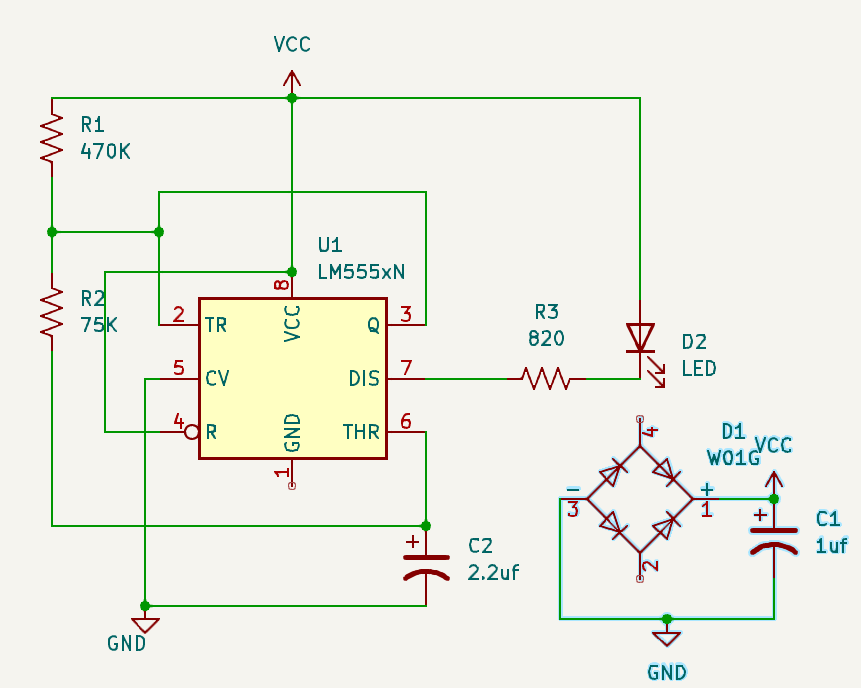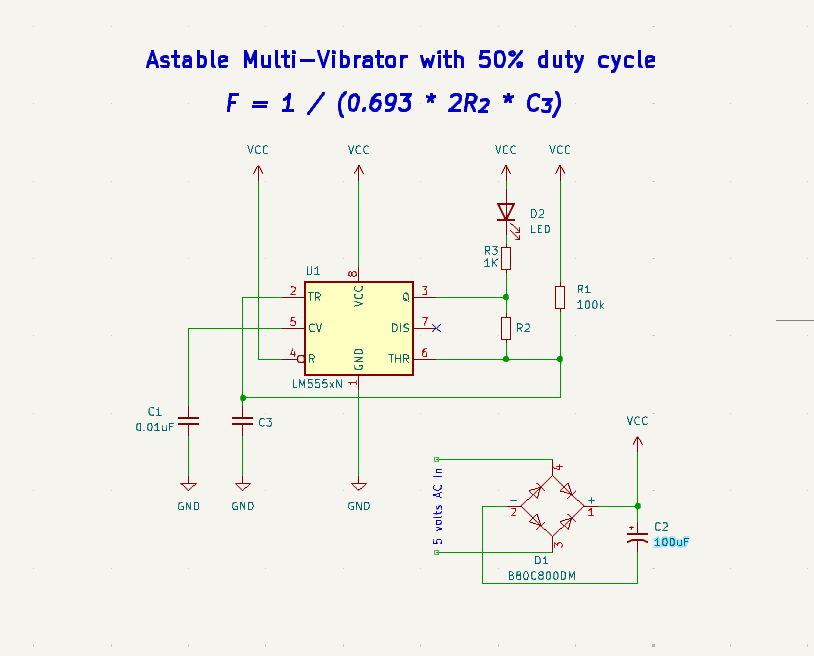I'm looking to build an End of Train (EOT) circuit. The model railroad folks I hang out with, just purchased a commercial unit. After gagging at the price, I figured why not build one.
My search found this resource https://techlib.com/area_50/Readers/Lennie/End%20of%20Train-1.pdf complete with PCB. Unfortunately all the links are dead so I had to generate a schematic from the PCB layout.

Question: Will the circuit work? Are there any reasons for the design?
Instead of bread boarding the design I figured the folks that hang out here are great and offering solutions. Tapping into the experience of the members surely helps. Nothing like experience to find a solution fast.

I have some concerns with the circuit. I couldn't found a 555 circuit that uses pin 7 as an output. I took a look through Cabe Force Essential 555 IC book (Cabe hangs out here:) and found nothing like this beast.
I'm not sure of the design. It looks like nothing I have found.
I'm thinking it would have been easier to just start from scratch.

